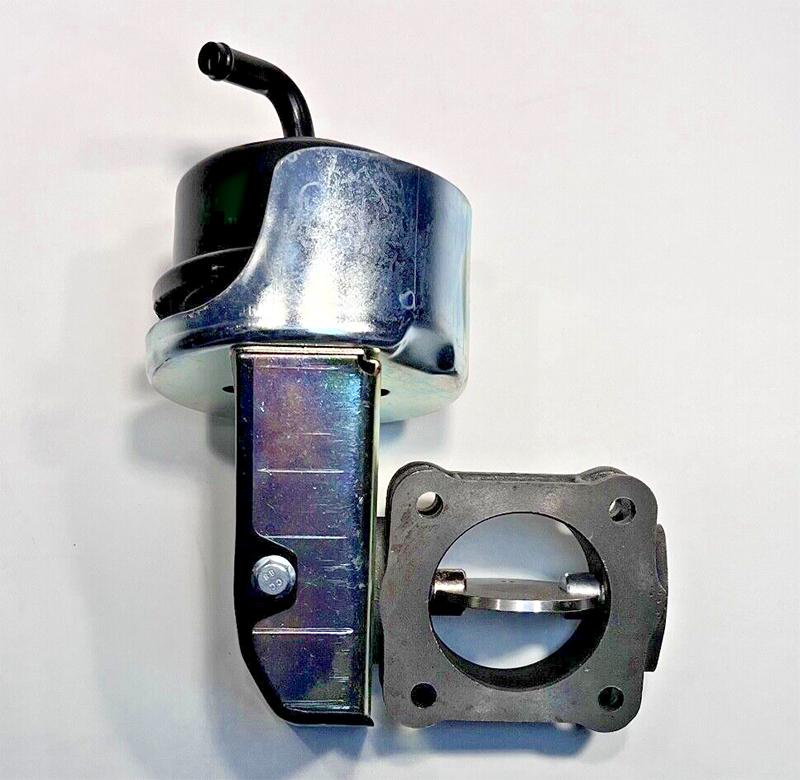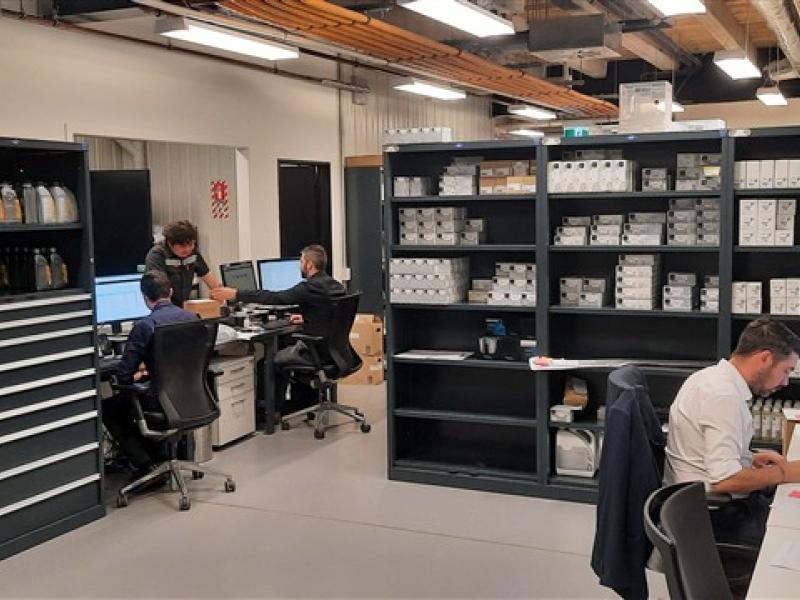Isuzu trucks have had their fair share of DPF issues over the years, with many ending up at the wrong end of the diagnostic quandaries with technicians throwing their hands up in the air, giving up on the simple system. Rather than giving up, if you don’t know how diesels operate, how about looking into the many training opportunities available. It is probably not a smart business decision to use your customer’s vehicle to learn, unless of course you can supply them with a replacement truck and not charge for your learning experience.
Fortunately, our Diesel Help members get the training firsthand before and during our over the phone diagnostics. First you must understand diesel engine operation. Where does the heat come from, how does combustion take place and what is the function of each component. Abbreviations can catch people off guard so to begin with this article, I want to enlighten you on what is a DPD?
A Diesel Particulate Diffuser, in other words a DPF (Diesel Particulate Filter). I use DPF as most people are more familiar with this than the DPD.
The model we are working with is the Isuzu N series fitted with 4JJ1-TCC engine 2009 to 2018. Symptoms included – Truck is unable to perform a DPF regeneration via the button on the dash or a passive regeneration on the road. Fault codes include P242F – Diesel/petrol particulate filter restriction caused by ash accumulation, P2458 – Diesel/petrol particulate filter regeneration duration and P1455 – PM Over Accumulation/DPF restriction not regenerable.
While assisting our members, I read the OEM flow chart on one of the fault codes- P242F – Diesel/petrol particulate filter restriction caused by ash accumulation. It could easily lead you down the wrong pathway as there is no mention of testing the individual components such as the Exhaust Brake.
The failure in this case was the diaphragm in the exhaust brake. The system has two exhaust brakes. One at the front and one at the rear. The failed unit was the one located in front of the DPD, which required complete replacement of the exhaust brake assembly. What led us to this was the coolant temperature was remaining at 84 degrees - this tells us the engine temperatures are too low to perform a regeneration.
We’ve experienced thermostats sticking open causing the engine not to run hot enough, triggering DPF and AdBlue related faults. The thermostat was checked for operation and passed. They also tested the DPF differential pressure with a reliable DPF test gauge, which was showing slightly below 1Kpa, which is not ideal, but I believe would rectify once we could get it to perform a passive regeneration and get this down below 0.5 Kpa. We also checked MAF and EGR values to confirm no issues.
The next step was to test and confirm all sensors were ok. From here we pursued the exhaust brakes, because after all most experienced diesel mechanics would know that a restricted exhaust increases combustion temperatures, but also a good specialist understands that too much restriction is not a good combination. So, the only thing remaining was to confirm both exhaust brake valve and exhaust throttle valve are activated to assist.
I recall learning about exhaust brakes back when I began my apprenticeship at the council. They are used to assist slowing down the truck by restricting the exhaust when you let the foot off the accelerator pedal. This pedal has a microswitch beneath to activate. There is also a similar switch located on manual gearboxes beneath the clutch pedal, so that whenever you applied the clutch to change gears, this switch would momentarily disengage the exhaust brake, preventing the engine from stalling.
These days the exhaust brake has additional functions, and the system has not one but two exhaust brakes.
The additional exhaust brake is located before the DPF (Diesel Particulate Filter) and the other is located after the DPF. Like all emissions systems, when one part of the system is not operating to its full potential, the entire system stops operating and often either a fault code will appear or the engine will derate and in some cases with later emissions systems such as AdBlue, the engine will no longer start when a fault is present.
Overview of DPD/DPF operation
The engine ECU detects the condition of the particulate matter by monitoring the exhaust differential pressure sensor, along with the DPF temperature sensors and other sensors such as MAP and MAF sensors. The ECU will also request a regeneration when a predetermined distance is travelled since the previous regeneration. When either of these has been reached, automatic regeneration commences. If at any time an automatic regeneration cannot be completed for some reason, a manual regen may be requested to the driver via the flashing DPF (DPD Isuzu terminology) light on the instrument cluster.
During this regeneration, temperatures in the filter are raised and the accumulated particulate matter is burned off. To assist with reaching the optimum temperature, a diesel oxidation catalyst is used, and sensors also inform the ECU when appropriate to inject more fuel post fuel injection, also the exhaust brake valve and exhaust throttle valve are activated to assist.
A new exhaust brake was fitted, and a successful regeneration was able to be performed, with the truck running well.






